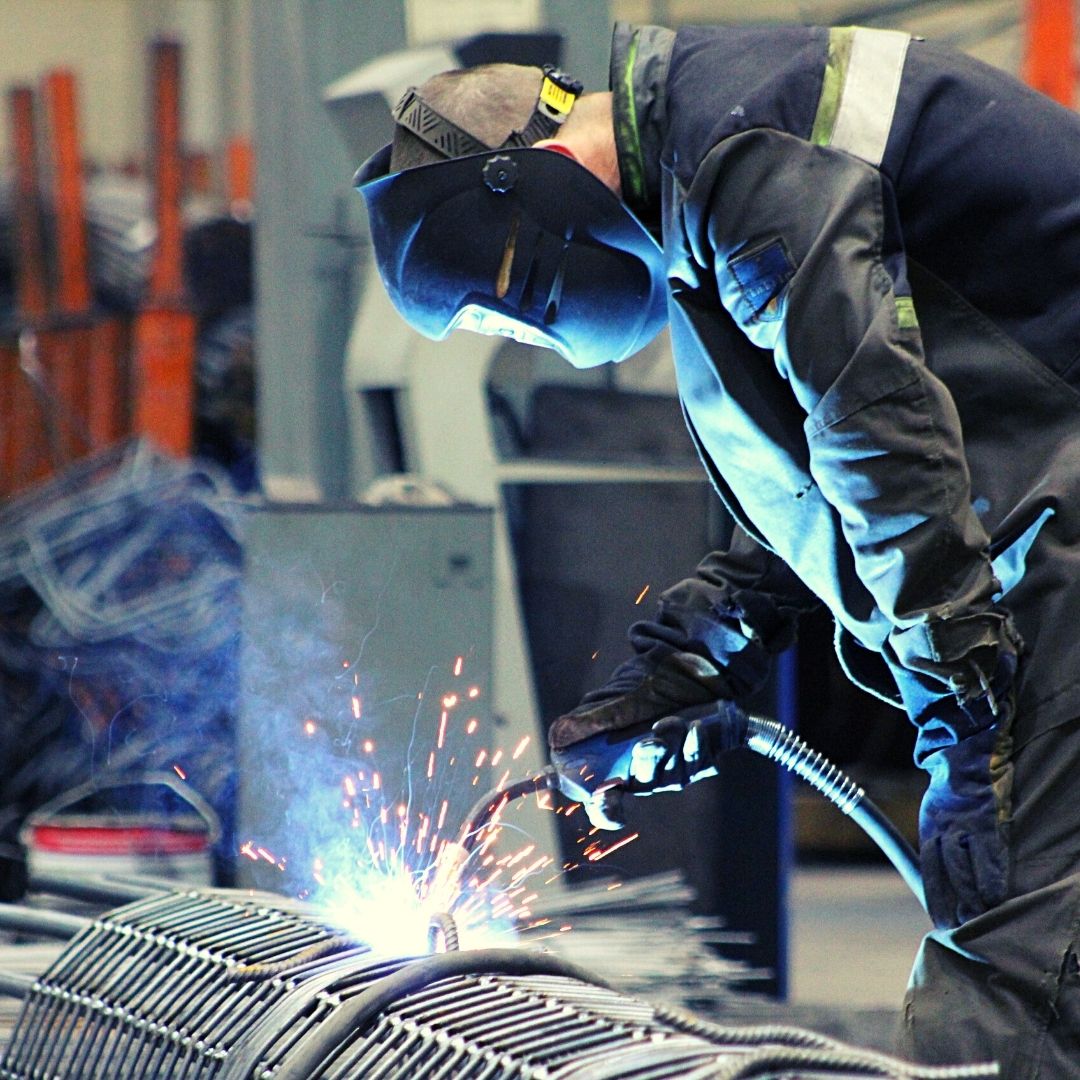
Image Credit: Pixabay
Bad News For Investors? Cost Of Doing Biz, Production Rising For Most Companies Across India, Says FICCI Survey
Writer: Neelima Mishra
Guru Govind Singh Indraprashtha University in New Delhi is where Neelima Mishra is doing her master's degree. She graduated from Delhi University with a bachelor's degree in journalism (hons.). She is pursuing a corporate communication specialisation at IP University.
India, 14 Sep 2021 12:57 PM GMT
Editor : Madhusree Goswami |
A mountain girl trying to make it big in the city. She loves to travel and explore and hence keen on doing on-ground stories. Giving the crux of the matter through her editing skills is her way to pay back the journalism its due credit.
Creatives : Neelima Mishra
Guru Govind Singh Indraprashtha University in New Delhi is where Neelima Mishra is doing her master's degree. She graduated from Delhi University with a bachelor's degree in journalism (hons.). She is pursuing a corporate communication specialisation at IP University.
High raw material prices, high finance costs, an uncertain demand, a scarcity of skilled labour and working capital, high logistics costs, low domestic and global demand due to the imposition of a global lockdown to contain the spread of the coronavirus, excess capacity due to a large volume of cheap imports into India, an unstable market, and a high-power tariff are just a few of the major constraints.
As per a survey conducted by the Federation of Indian Chambers of Commerce and Industry (FICCI), the cost of conducting business and producing goods has increased across India due to a variety of causes (FICCI). Experts feel that this will make things more expensive in the future, which is bad news for consumers.
The prices of automobiles, electronics, capital goods, toys, paper goods, fertilisers, and medications are all predicted to go up. In the second quarter of 2021-22, at least 61 per cent of enterprises polled by FICCI reported increasing production costs (July-September 2021-22). This is substantial, given that only 24 per cent of businesses reported increasing production expenses in the second quarter of last year. The high prices of raw material prices and financing, an uncertain demand, a scarcity of skilled labour and working capital, high logistics costs, and low domestic and global demand due to the imposition of a lockdown across all countries are some of the major constraints affecting production costs and the respondents' expansion plans.
Rising Business And Production Costs
According to the FICCI poll, a large majority of respondents are reporting growing business and production costs. In Q1 2021-22, the cost of manufacturing as a proportion of sales for manufacturers in the study increased for 80 per cent of respondents. According to FICCI's latest quarterly survey (Q2) on manufacturing, the prognosis appears to have improved markedly in Q2 following a weak Q1 (April-June 2021-22). (July-September 2021-22). However, according to FICCI's latest quarterly survey, manufacturers in the following sectors have seen a significant increase in recent months: automotive, capital goods, cement and ceramics, chemicals, fertilisers and pharmaceuticals, electronics & electricals, metal & metal products, paper products, textiles, textiles machinery, toys, and miscellaneous.
Manufacturing capacity utilisation was 72 percent in Q2 2021-22, indicating that the industry is beginning to recover. The future investment prognosis, on the other hand, remains cautiously optimistic, with 32 per cent of respondents planning capacity additions in the next six months. The expense of doing business, on the other hand, continues to be a source of concern for the industry. High raw material prices, high finance costs, an uncertain, a scarcity of skilled labour and working capital, high logistics costs, low domestic and global demand due to the imposition of a global lockdown to contain the spread of the coronavirus, excess capacity due to a large volume of cheap imports into India, an unstable market, and a high-power tariff are just a few of the major constraints.
In July-September 2021-22, 85 percent of respondents predict either more or the same level of inventory, which is higher than the previous quarter, when roughly 79 percent of respondents expected either more or the same level of inventory in Q1 2021-22.
Exports Likely To Increase
The forecast for exports appears to be improving, with roughly 58 per cent of participants expecting an increase in their exports in Q-2 2021-22 and 30 per cent expecting exports to stay the same as the same quarter last year. The hiring forecast for the sector is still bleak, with 68 percent of employers surveyed indicating that they will not be hiring more workers in the next three months. The average interest rate paid by manufacturers has decreased slightly to 8.7 per cent per annum from 9 per cent per annum in the previous quarter, while the highest rate remains at 14 per cent. According to 66 per cent of respondents, the RBI's recent repo rate cuts have not resulted in a corresponding reduction in the lending rate.
Sectoral Development
Some sectors, based on industry forecasts, are expected to increase strongly in Q-2 2021-22, with the exception of a few, as shown in the table below.
Growth expectations for Q2 2021-22 compared with Q-2 2020-21:
Sector Growth | Expectation |
Capital Goods | Strong |
Cement & Ceramics | Strong |
Electronics & Electricals | Strong |
Metals and Metal Products | Strong |
Textiles | Strong |
Textiles Machinery | Moderate |
Toys | Low |
Paper Products | Moderate |
Automotive | Moderate |
Chemicals, Fertilizers | Moderate |
Pharmaceuticals | Moderate |
Miscellaneous | Moderate |
 All section
All section














